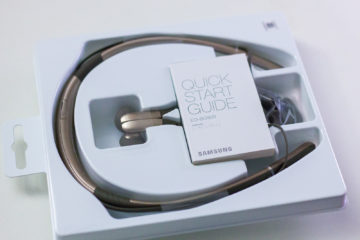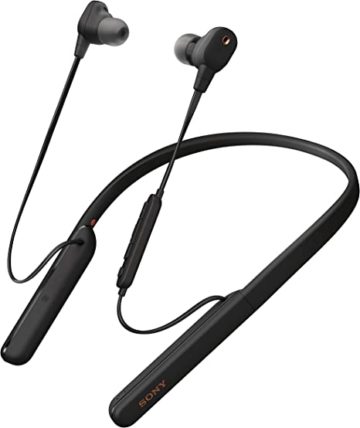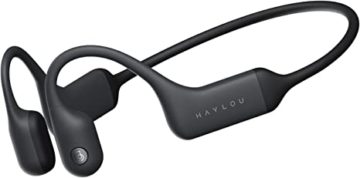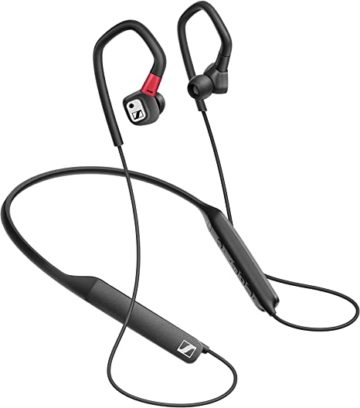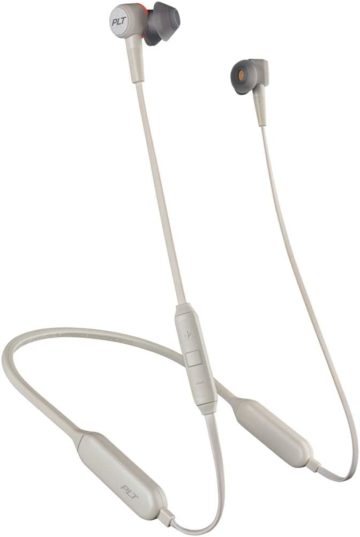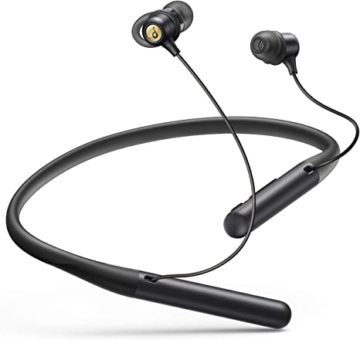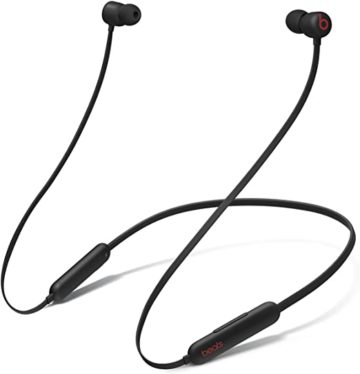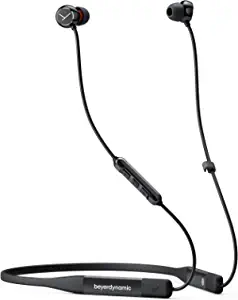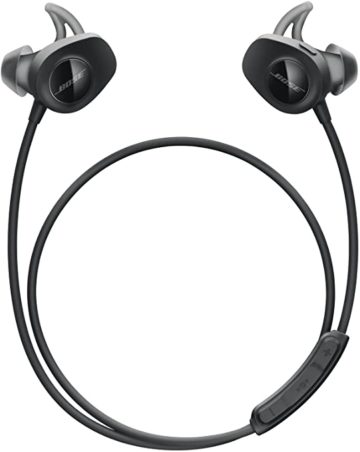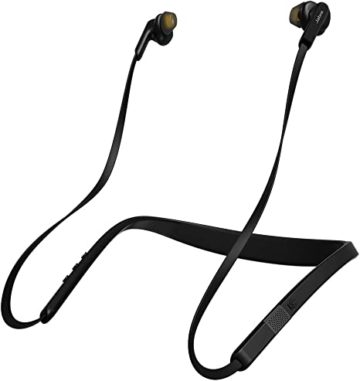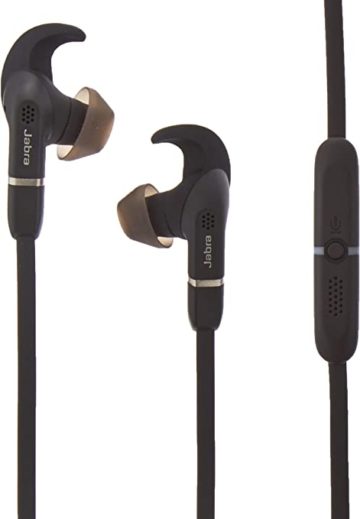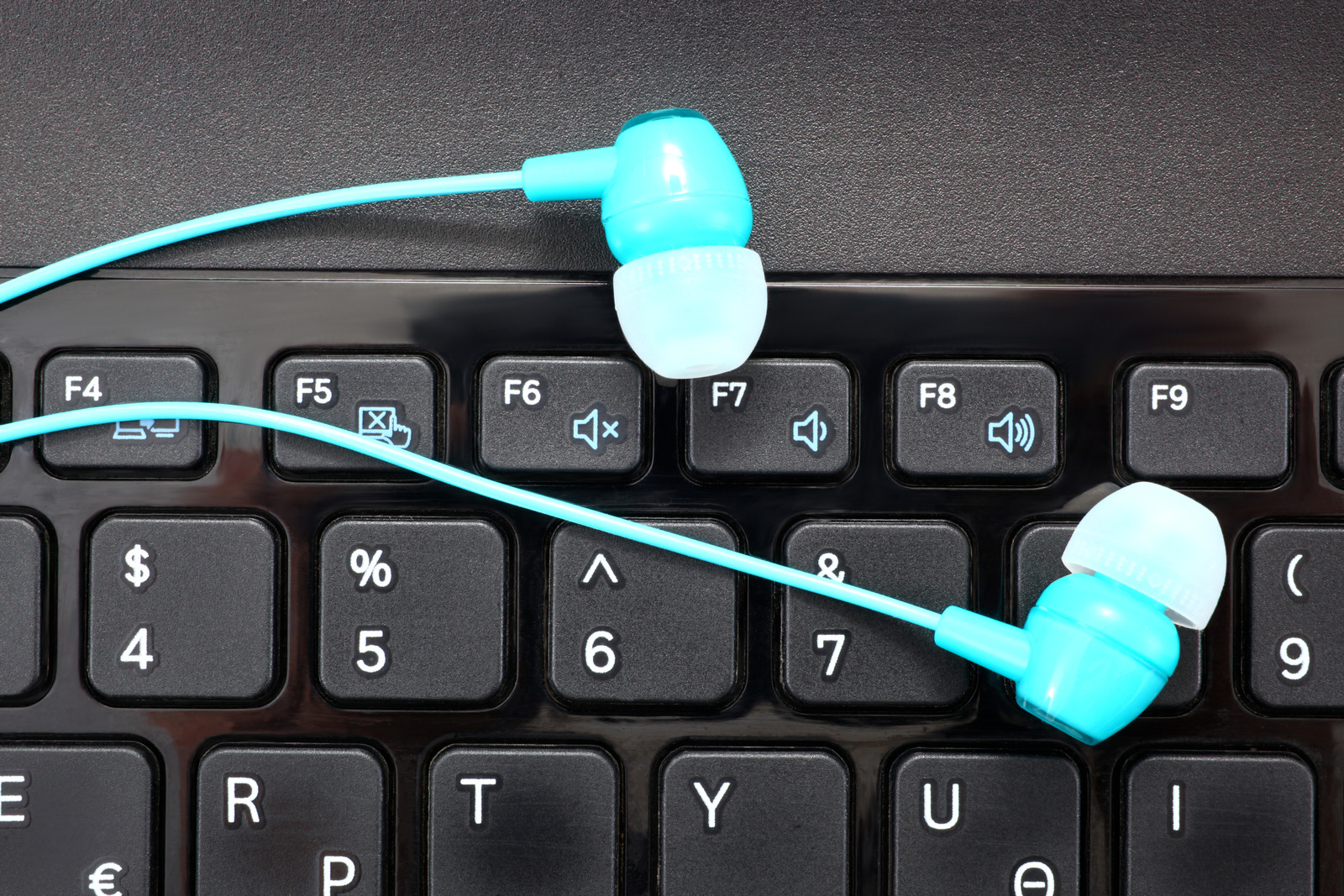If you’re an avid neckband headphone enthusiast and a strong proponent of active noise cancellation, you’ll love the Sony WI-1000XM2 wireless neckband earbuds. Sony is one of the “industry-leading” noise cancellation experts, so you’ll have no worries on that end.
Best Electronic Drum Headphones
Unveiling the top electronic drum headphones - from budget finds to premium sound quality. Elevate your drumming experience now!
